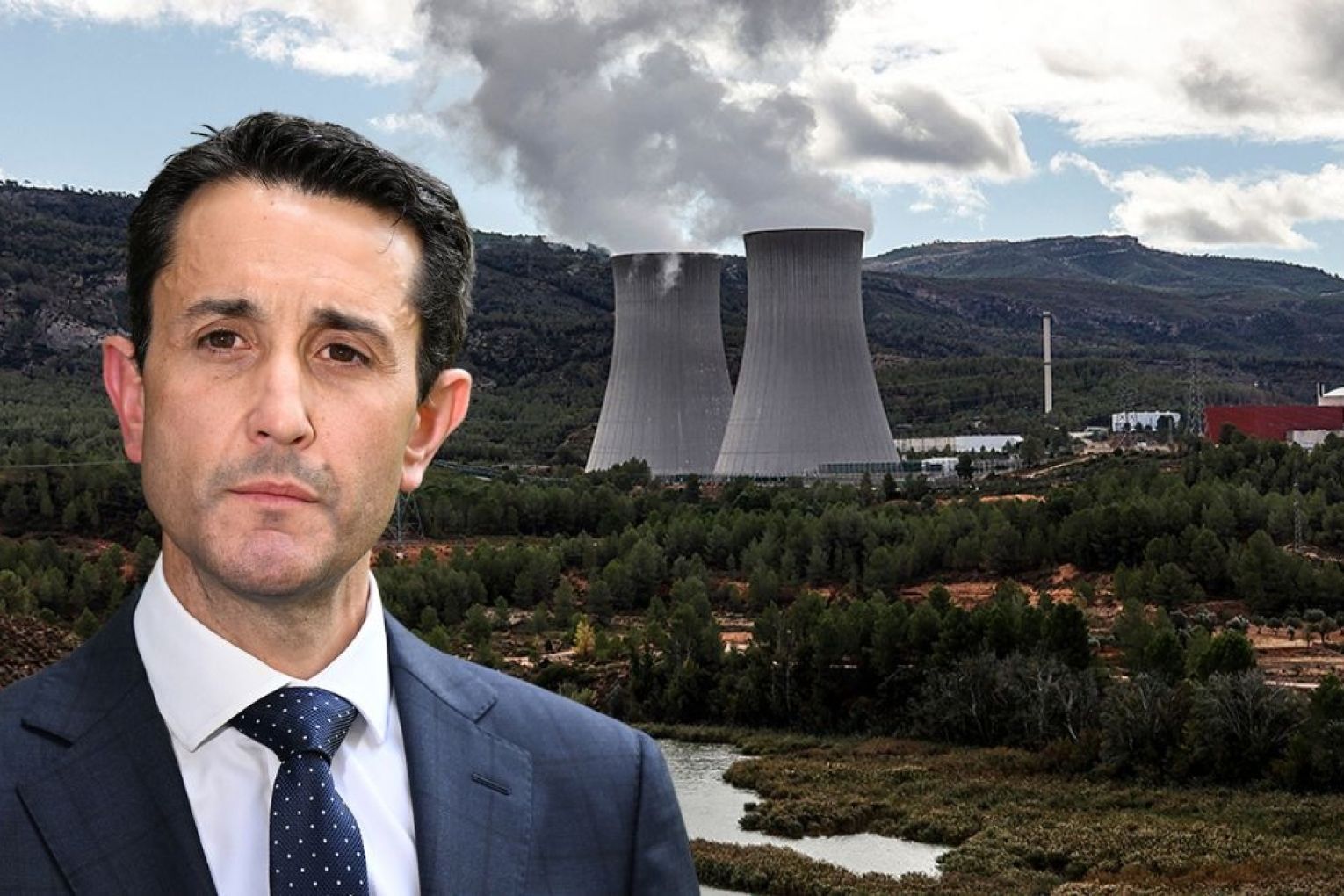Premier Crisafulli shoots down Dutton’s nuclear dream
Peter Dutton’s nuclear dream faces another hurdle if he is elected prime minister, with Premier David Crisafulli ruling out his energy plan.

hen asked, he confirmed that “it was no before the election and it’s no after”.
“I want to reset the relationship with Canberra to one of respect but also being forceful and putting forward our point of view,” Crisafulli said.
“I will do that whether or not Mr Albanese or Mr Dutton is there.”
Australia introduced a legislative ban on nuclear energy in the late 1990s that effectively halted the construction of nuclear power plants or the creation of nuclear fuel, uranium enrichment or the processing of nuclear waste.
Under scrutiny
The Parliament of Australia is examining nuclear energy in Australia under a committee dominated by Labor MPs.
You might like
During the hearings, it was revealed that the Liberal Party had not consulted Geoscience Australia about the suitability of any of the seven sites it had announced as its preferred locations of nuclear reactors.
When Dutton announced the policy earlier in the year, it was quickly discovered that none of the councils where he proposed to build reactors had been consulted.
Critics were also quick to point out the cost savings of renewable energy.
John Grimes, CEO of the Smart Energy Council, accused the Liberal Party of creating an energy policy that is “all about attacking renewables and boosting fossil fuels”.
“Coalition members stay away from detail at all cost: The game plan – be a small target, don’t defend, don’t explain, don’t engage on nuclear detail,” he said.
“Asked about the cost of nuclear, Mr Dutton and Mr Joyce always respond by attacking renewables. They say that the cost of a renewable energy system is up to $1.5 trillion, (while) AEMO knows it isn’t even 10 per cent of that figure and it will be paid almost entirely by the private sector.”
Stay informed, daily
Least-cost option
The Liberal Party has yet to release costings for how much its seven proposed reactors would cost amid a shifting timeline and scope of private investment.
It has instead cited countries like Canada, where nuclear power has been in use for decades, as a success story.
Professor Mark Winfield, a respected authority on environmental and energy policy in Canada, said he would encourage Australia to chase the path of “least cost”.
“Look at the options with the lowest cost and work to optimise those – and only then go to other things,” he said.
“The answer is that new-build nuclear, which is what you’d be looking at, can’t compete with the options that are available.”
He said the actual cost of new-build nuclear power is truly unknown.
“What we are seeing consistently globally, to the extent with not much data to work with, is that those costs are continually going higher,” Winfield said.
“You don’t get what you see with renewables and battery storage where you see a cost curve that goes down very nicely. With nuclear that cost curve keeps going up.”






